Standard Response Protocol
or the
Standard Reunification Method
Recovery starts when the crisis begins.
Reunification is the first step in recovery.


Recovery starts when the crisis begins.
Reunification is the first step in recovery.
Introduces the concepts and history of the SRP and how to implement the program in an educational environment.
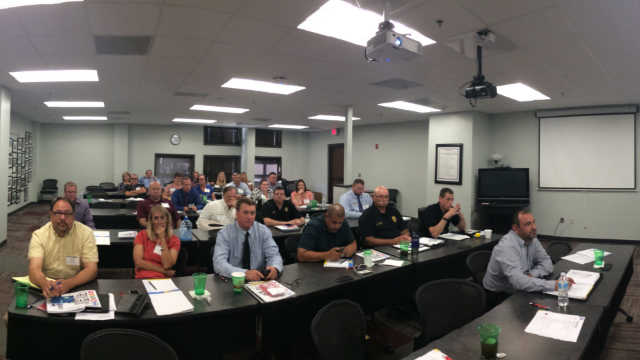
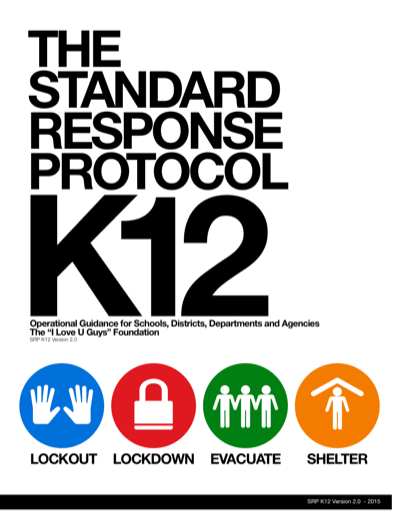
Introduced in 2009, the Standard Response Protocol is a proven enhancement to school safety planning. Thousands of schools in the US and Canada have adopted the program.
SRP Breakout Session introduces the concepts and history of the SRP and how to implement the program in an educational environment.
Educators, Administrators, School and District Safety Teams, Campus Supervisors, Law Enforcement, Fire/EMS, Emergency Managers, Victim Advocates
In this module, participants will receive an overview of the Standard Response Protocol.
Participants will gain an understanding of how and why the SRP should be used as an all hazards school safety enhancement.
At the conclusion of this module, participants will be able to
Participants observe and analyze the SRP Classroom Training presentation.
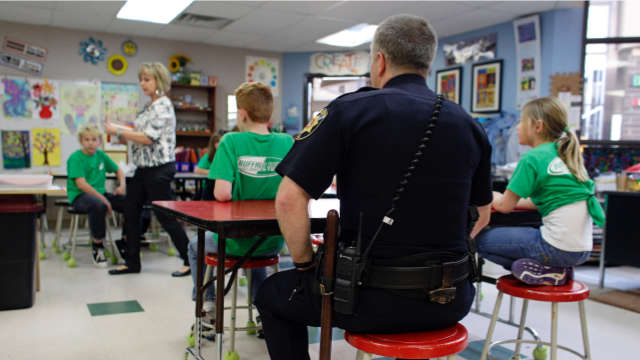
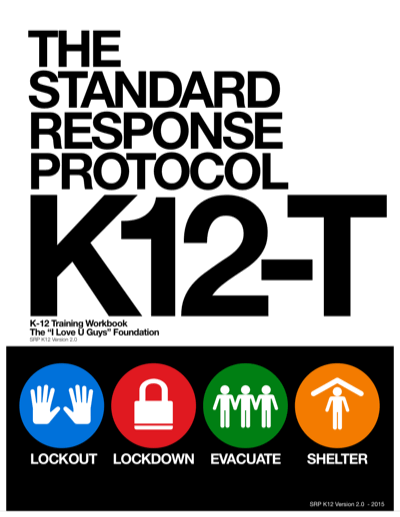
Introduced in 2009, the Standard Response Protocol is a proven enhancement to school safety planning. Thousands of schools in the US and Canada have adopted the program.
This presentation has been developed to assist law enforcement, school, or district personnel in rapidly training students, teachers and other stakeholders the common language and actions of The Standard Response Protocol.
Students, Parents, Educators, Administrators, School and District Safety Teams, Campus Supervisors, Law Enforcement
In this module, participants will receive the Classroom Training Presentation of the Standard Response Protocol.
Participants will gain the ability to perform classroom training of the Standard Response Protocol.
At the conclusion of this module, participants will be able to
A general guide to Incident Command. (Educators, don't stress. This one is ok.)
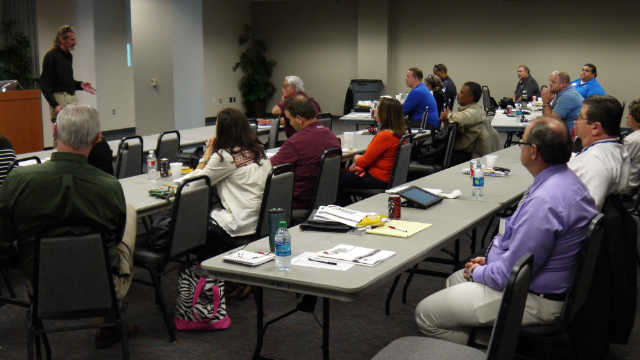

Introduced in 2009, the Standard Response Protocol is a proven enhancement to school safety planning. Thousands of schools in the US and Canada have adopted the program.
This presentation has been developed participants with a top-level, general understanding of the Incident Command System. It is based on the online training IS-100ScA available from FEMA.
Educators, Administrators, School and District Safety Teams, Campus Supervisors, Law Enforcement
In this module, participants will receive an overview of the National Incident Management System and Incident Command System
Participants will gain an understanding of how and why Incident Command should be used in a crisis.
At the conclusion of this module, participants will be able to
SRP Trainer the Trainer - Half Day Seminar

Introduced in 2009, the Standard Response Protocol is a proven enhancement to school safety planning. Thousands of schools in the US and Canada have adopted the program.
SRP Classroom Trainer Seminar introduces the concepts and history of the SRP and how to to educate students and staff in the program in an educational environment.
Educators, Administrators, School and District Safety Teams, Campus Supervisors, Law Enforcement, Fire/EMS, Emergency Managers, Victim Advocates


15 minutes
In this module, participants will receive an overview and schedule of the Introduction to the Standard Response Protocol and the Standard Reunification Method. Participants will complete administrative requirements including registration and training rosters.
Participants will recognize the course goal, enabling objectives, course schedule, and course performance requirements.
At the conclusion of this module, participants will be able to
30 minutes
In this module, participants will receive an overview of the National Incident Management System and Incident Command System
Participants will gain an understanding of how and why Incident Command should be used in a crisis.
At the conclusion of this module, participants will be able to
60 minutes
In this module, participants will receive an overview of the Standard Response Protocol.
Participants will gain an understanding of how and why the SRP should be used as an all hazards school safety enhancement.
At the conclusion of this module, participants will be able to
Introduces the concepts and history of the SRM and how to implement the program from a district perspective.

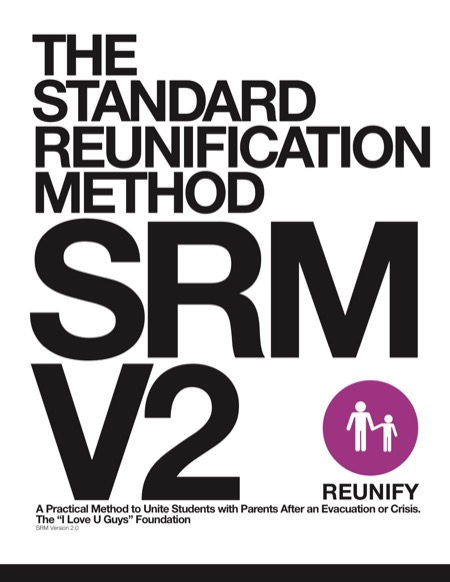
Introduced in 2012, the Standard Reunification Method fills a critical void in school safety planning: How to reunite students with their parents after a crisis.
The SRM Breakout introduces the concepts and history of the SRM and how to implement the program from a district perspective.
Educators, Administrators, School and District Safety Teams, Campus Supervisors, Law Enforcement, Fire/EMS, Emergency Managers, Victim Advocates
In this module, participants will receive an overview of the Standard Reunification Method, explore case studies, and understand roles and expectations.
Participants will gain an understanding of how and why the SRM should be used in the aftermath of a crisis.
At the conclusion of this module, participants will be able to
A general guide to Incident Command. (Educators, don't stress. This one is ok.)


Introduced in 2012, the Standard Reunification Method fills a critical void in school safety planning: How to reunite students with their parents after a crisis.
This presentation provides a top-level, general understanding of the Incident Command System. It is based on the online training IS-100ScA available from FEMA.
Educators, Administrators, School and District Safety Teams, Campus Supervisors, Law Enforcement
In this module, participants will receive an overview of the National Incident Management System and Incident Command System
Participants will gain an understanding of how and why Incident Command should be used in a crisis.
At the conclusion of this module, participants will be able to
It does not mean to be in a place where there is no noise, trouble, or hard work.
It means to be in the midst of those things and still be calm in your heart.
This 3.5 day Symposium examines lessons learned from traumatic events and reveals new, preemptive school safety measures growing in multiple realms. The Symposium is designed to provide a number of takeaways that districts, departments and agencies can implement immediately. This is not open to the public, and attendees will be asked to show an agency or organization I.D. upon check-in.
Law enforcement, school personnel, victim advocates, mental health professionals, emergency and risk management staff, school safety teams and all first responders.
Presenters include school administrators, law enforcement, criminal justice and school security administrators who have been involved in the response and recovery to school violence and other events.
Find Out More